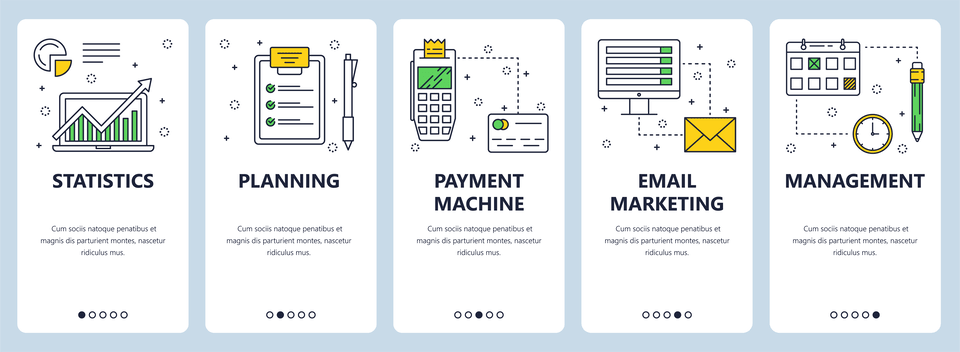
You can also provide the client with a rough estimate and timeline for the project. Stakeholders for CapEx approval can vary but typically include department heads, financial controllers, and possibly top-tier management. Tailoring your form to each of their interests ensures a smoother review process and increased likelihood of approval. When clients ask for more edits or features than originally planned (or budgeted for), it’s easy to see how a project’s financials are blown up.

We sold the fixed price project contract for $120k because project accounting example it de-risked our customer from any project overages.
The Beginner’s Guide to Project Accounting (Including Calculations)
For project accountants, this means aiming to keep non-billable work to below 10 percent of your own time. This lends itself to using automated processes wherever possible to reduce the time spent collecting and generating data. As the business grows and the firm takes on more clients, it is bound to take on more non-billable work as well. Managing this non-billable work is a critical step in developing a project accounting best practice. Non-billable work includes internal projects, training and vendor management. But project accounting is also a great tool for improving profitability, saving money, and meeting deadlines.
The CapEx approval form serves as a communication tool, outlining the details of a capital expenditure request. From the project’s inception to its long-term benefits, the form captures all elements necessary for decision-making. It is a tangible record of a prospective venture that must align with organizational goals and meet strict financial criteria. These folks should have a better idea about whether or not tasks, deliverables, and milestones are actually achievable in the cost and time constraints you’ve set them. The trick here is to manage the project budget without turning into a micromanager of your staff.
Benefits of project-based accounting
CapEx isn’t just about bean counting; it’s about strategically enhancing your organization’s capabilities. The approval process provides the checks and balances vital for responsible financial management. It sets the stage for significant decisions about resource allocation and growth. A well-completed CapEx form is the linchpin at the center of this process, marrying the creativity of project planning with the rigor of financial accountability. That’s why resource management is also an essential aspect of any accounting process.
- There are some best practices you can follow while making decisions around pricing, bidding, contract processes, and contract provisions.
- But often a project can actually cost more to complete than the amount you’re paid to do it.
- Project-based accounting is exactly what it sounds like—accounting on a per-project basis.
- Everything runs like clockwork, and there’s a significantly lower risk of the project getting derailed.
- Quickly identifying this type of change and making quick adjustments in relation to it helps you save on your project finances.
While project accounting is the more popular solution, it can be costly and time-consuming. It involves complicated calculations and assigning costs and revenues to specific projects. This can be cumbersome to implement and distract your finance team from their primary focus, which is ensuring your accounting data is compliant with regulatory and reporting requirements. Using alternative factors in accounting softwareIf the pre-built project accounting features don’t align with how your finance team needs to get things done, you need a more ad hoc approach.
